Here on this page you will find 20 of the most asked questions about animal facts, as well as the answers to the questions!
How big can a Great White Shark get?
The Great White Shark, one of the most infamous species of sharks, can attain an impressive size. On average, female Great Whites grow larger than males, reaching lengths between 15 to 21 feet. In comparison, males typically grow between 11 to 13 feet long.
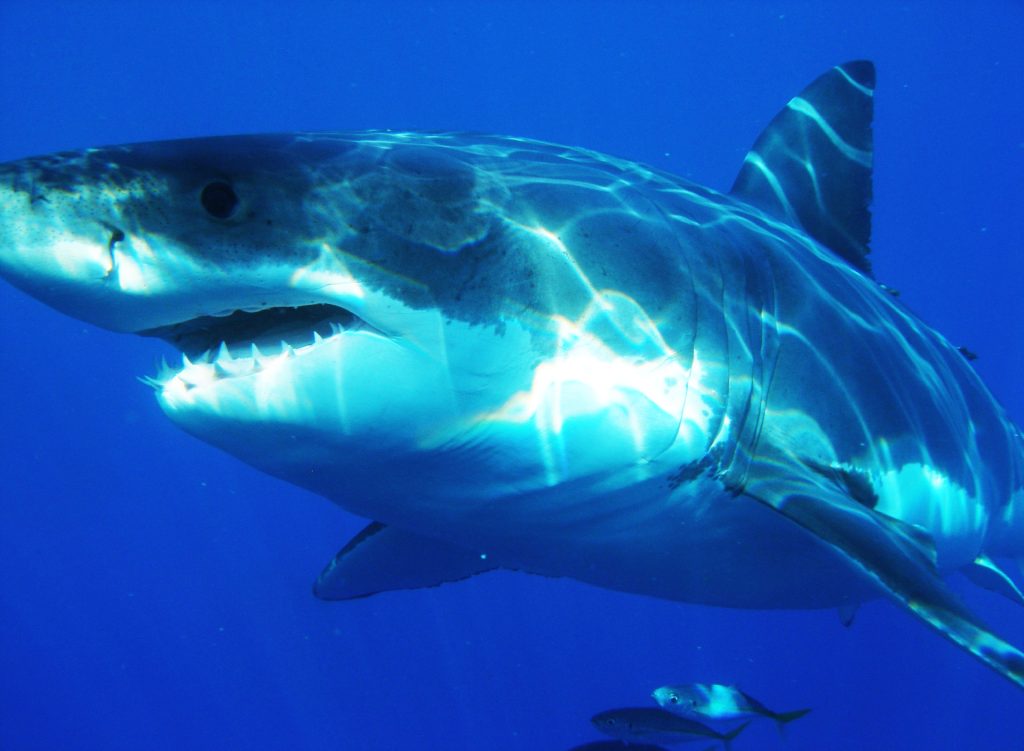
In terms of weight, mature female Great Whites can tip the scales at up to 2,400 pounds while males commonly weigh around 1,500 to 2,450 pounds.
However, these figures are not the maximum for the species. The largest Great White Shark ever recorded was an astounding 26.2 feet long! Named “Deep Blue,” this gargantuan female shark was spotted near Mexico’s Guadalupe Island. Needless to say, Deep Blue’s size alone is enough to inspire both respect, and a healthy dose of fear, towards this majestic and powerful king of the ocean.
Can snakes smell?
Yes, snakes can indeed “smell,” but not in the same way as humans or other mammals.
Snakes rely heavily on their sense of smell to hunt for food, identify threats, and find a mate. However, they don’t smell with their nostrils, but instead, “taste” the air using a specialized organ known as the Jacobson’s organ or the vomeronasal organ. This organ is located in the roof of their mouths.
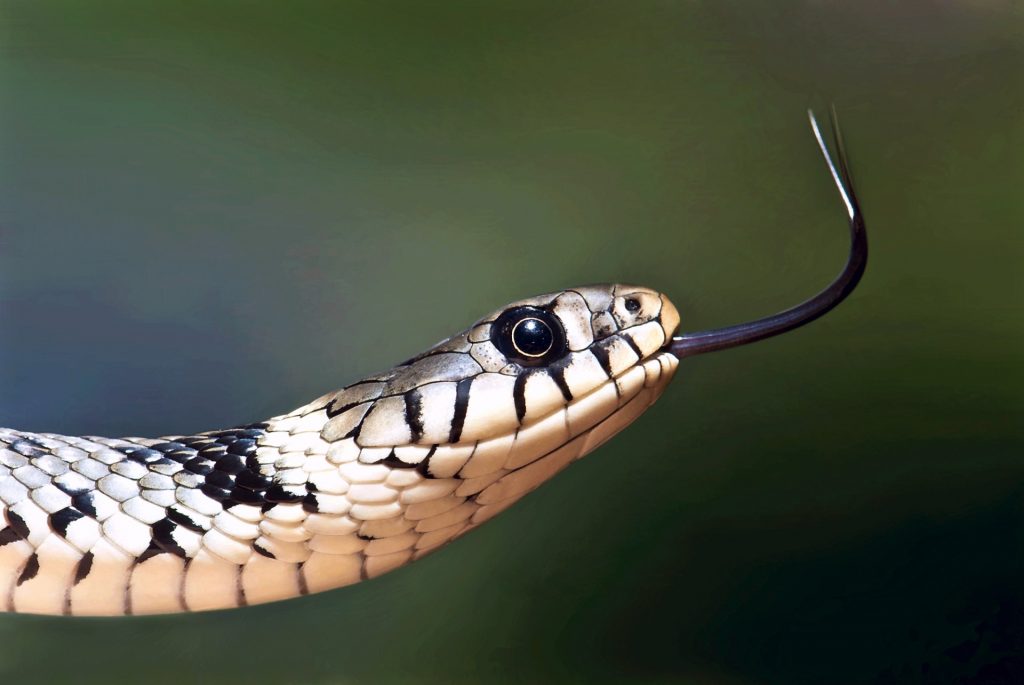
Snakes use their long, forked tongues to collect particles from the air, ground, or water, and then retract the tongue into their mouth, touching the Jacobson’s organ which interprets these particles as scents. Different points on each fork of the tongue can pick up separate scents, enabling them to not just smell, but also determine the direction of the scent.
This unique method of gathering and interpreting scent information helps snakes navigate their environment and survive.
How high can a kangaroo jump?
Kangaroos are known for their spectacular jumping abilities. Surprisingly, a kangaroo can leap up to three times its body length in just one jump, with a potential maximum distance of 9 meters (30 feet).
But how high can they jump vertically?
The highest recorded jump by a kangaroo is around 3 meters (nearly 10 feet). This makes them one of the most impressive jumpers among land mammals in the world. The secret behind their hop lies in the powerful hind limbs and the long, muscular tail, which they use for balance.
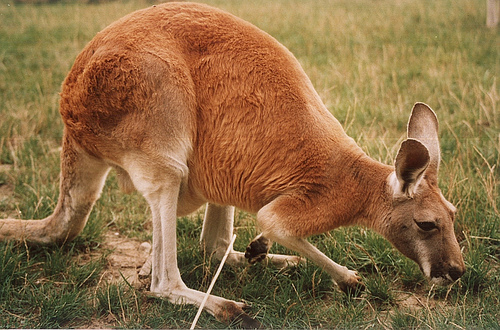
Red kangaroos, the largest of the species, are particularly known for these high jumps; they also conserve energy by using a hopping method known as ‘pentapedal locomotion’. But remember, the kangaroo’s mighty leap should serve as a marker for their strength and agility – so we should always observe these fascinating creatures from a safe distance.
What colors can dogs see?
Contrary to the popular belief that dogs can only see in black and white, canine vision is actually more nuanced.
Scientists believe that dogs see primarily in shades of blue and yellow. This means they can distinguish between different shades within these two colors but struggle to differentiate red and green hues. This is because dogs only have two types of color receptors, or cones, in their eyes, as compared to humans who have three.

This condition is similar to red-green color blindness in humans. Therefore, if you’re buying toys for your dog, opt for ones in blue or yellow to make it easier for them to see.
Furthermore, dogs have far better night vision and motion detection than humans, which gives them an edge in dim light situations. Remember, even though dogs may not see the full spectrum of colors like humans do, their world is definitely not just black and white.
Why do zebras have stripes?
Zebras are among the most recognizable animals due to their unique black and white stripes. But why do zebras have stripes?
Researchers have come up with a few compelling reasons. One widely accepted theory is that the stripes help zebras camouflage themselves and deter predators. Even though this might seem counterintuitive because the black and white stripes stand out in the green and brown savanna, these stripes can create a visual illusion when zebras are moving fast, making it difficult for predators to single out an individual from the herd.
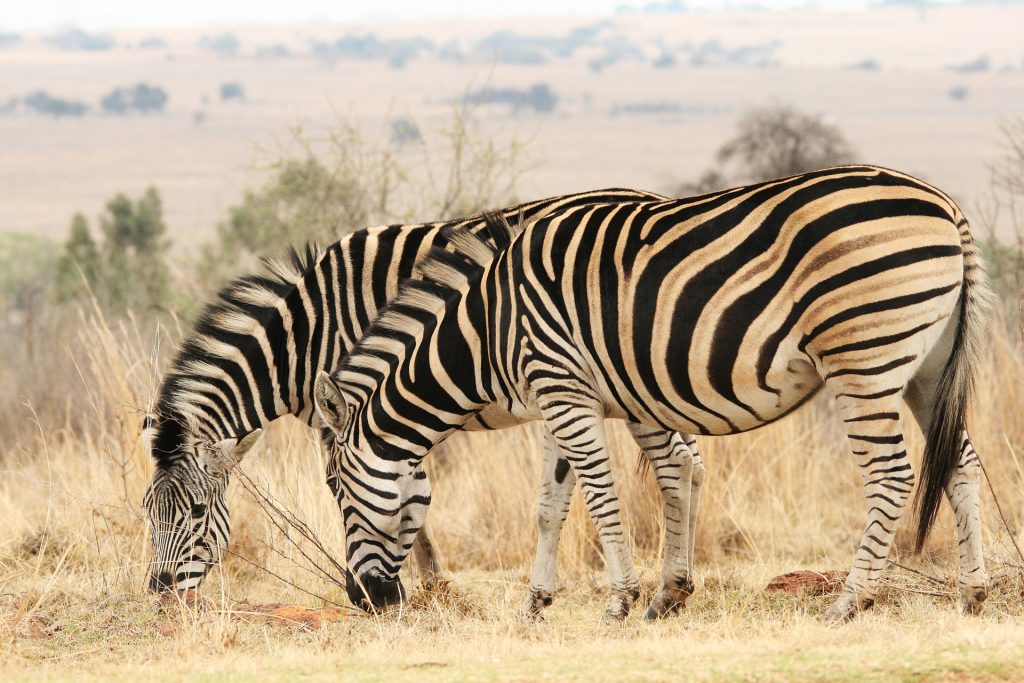
Another interesting hypothesis is that the stripes might serve as a natural bug repellant. Some types of biting flies seem to avoid striped surfaces.
Lastly, researchers believe that the stripes can help zebras regulate their body temperature as the black stripes get warmer than the white ones, creating small breezes that cool the zebra’s body. So, these iconic stripes are not just for show – they play key roles in helping zebras survive!
What is the loudest animal on earth?
As for the loudest animal, would you believe that the Sperm Whale holds this record?
These giants are known to communicate using a series of clicks which can reach a level of 230 decibels, which is louder than a jet engine! For reference, anything above 120 decibels is considered dangerous to human hearing.
The Sperm Whale’s sound can travel far and wide across the ocean, making it the loudest animal on earth.
What’s the most poisonous fish in the world?
The stonefish, also known as the Synanceia, is considered the most venomous fish in the world. It is often found in the coastal regions of the Indo-Pacific ocean.
This fish has thirteen sharp dorsal spines, containing powerful venom that can be lethal to humans. Incredibly well-camouflaged, the stonefish resembles a rock or coral, making it nearly undetectable to both predators and unsuspecting swimmers. Its venom is only released when pressure is applied to its spine, meaning people typically get stung by accidentally stepping on it.
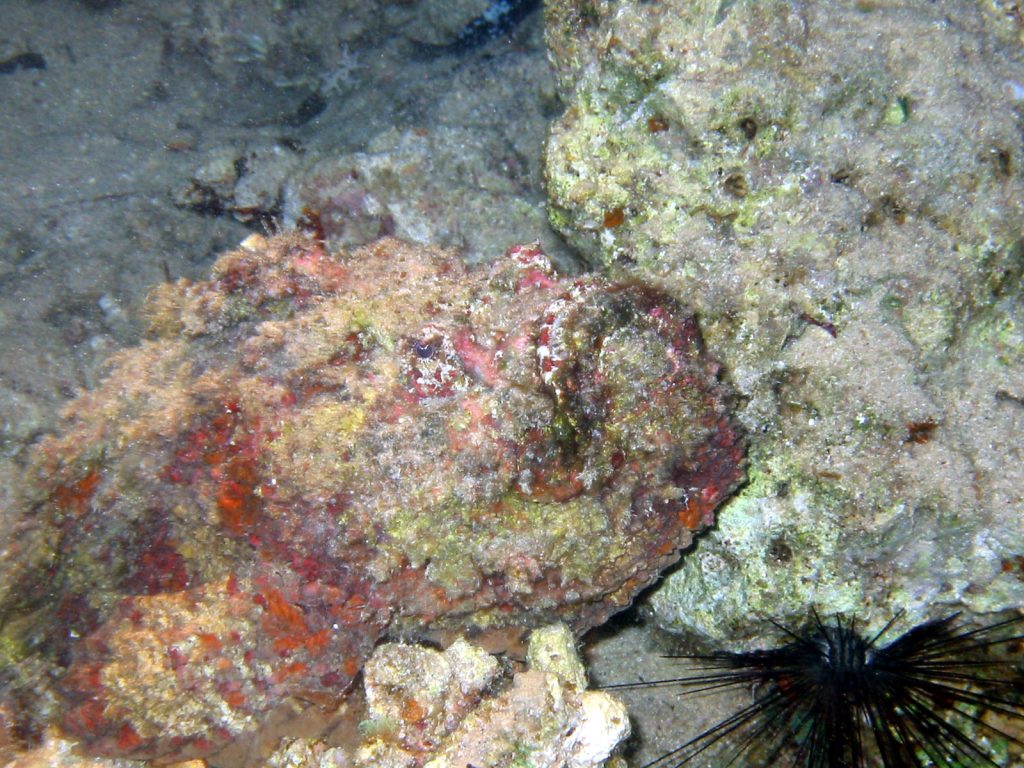
Immediate medical attention is needed to treat a stonefish sting, as the venom can induce severe pain, heart failure, paralysis, and even death.
Despite its deadly attributes, specific indigenous groups specially prepare and consume it as a delicacy. However, the fish must be carefully cleaned and cooked to neutralize the venom.
How far can an eagle see?
Eagles are renowned for their impressive eyesight. While humans have 20/20 vision, an eagle’s eyesight is believed to be between 20/4 and 20/5. This means eagles can see up to four to five times farther and more clearly than a human with perfect eyesight.
Depending on the altitude, eagles are capable of spotting their prey from a distance of about 2 to 5 kilometers away. Some studies even suggest they can spot a rabbit from a distance of more than three miles.
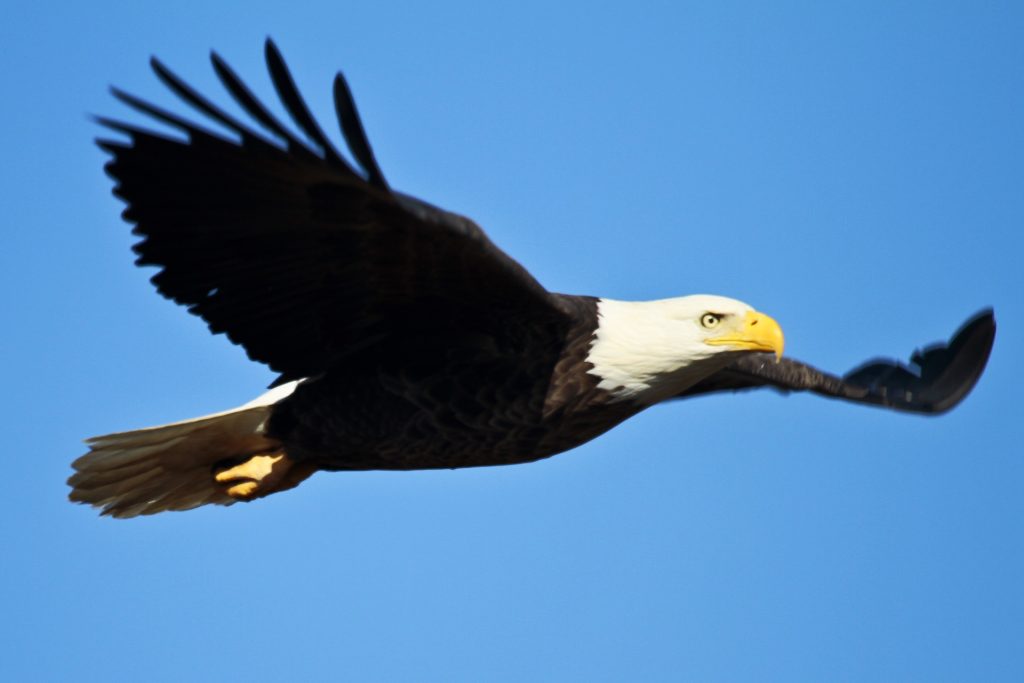
They also have the ability to see a wider spectrum of colours, along with ultraviolet light, enabling them to detect traces of urine marking trails left by small mammals.
Their superior sight plays a crucial role in hunting, navigation, and territory protection. Making the eagles one of the most fearsome and formidable predators in the skies.
How far can a sparrow fly?
Sparrows, tiny as they are, can surprise you with their flight capabilities. A sparrow can fly around 300 miles in a single day, depending on the breed and circumstances.
Upon sunup, they embark on their journey and rest only when the sun goes down. This is particularly true during migration season.
Can a crocodile outrun a human?
Many people might wonder if they could potentially outrun a crocodile. Surprisingly, the answer is – probably yes!
On land, crocodiles can reach speeds up to 11 kmh (7 mph), while a fit human could sprint at speeds anywhere from 15 to 30 kmh (9.3 to 18.6 mph). However, these scaly creatures are not built for long-distance races – they can only maintain this speed for a very short time.
In water, it’s a different story. Crocodiles are exceptionally fast swimmers, reaching speeds up to 32 kmh (20 mph). Needless to say, it’s better to avoid a swimming race with a crocodile!
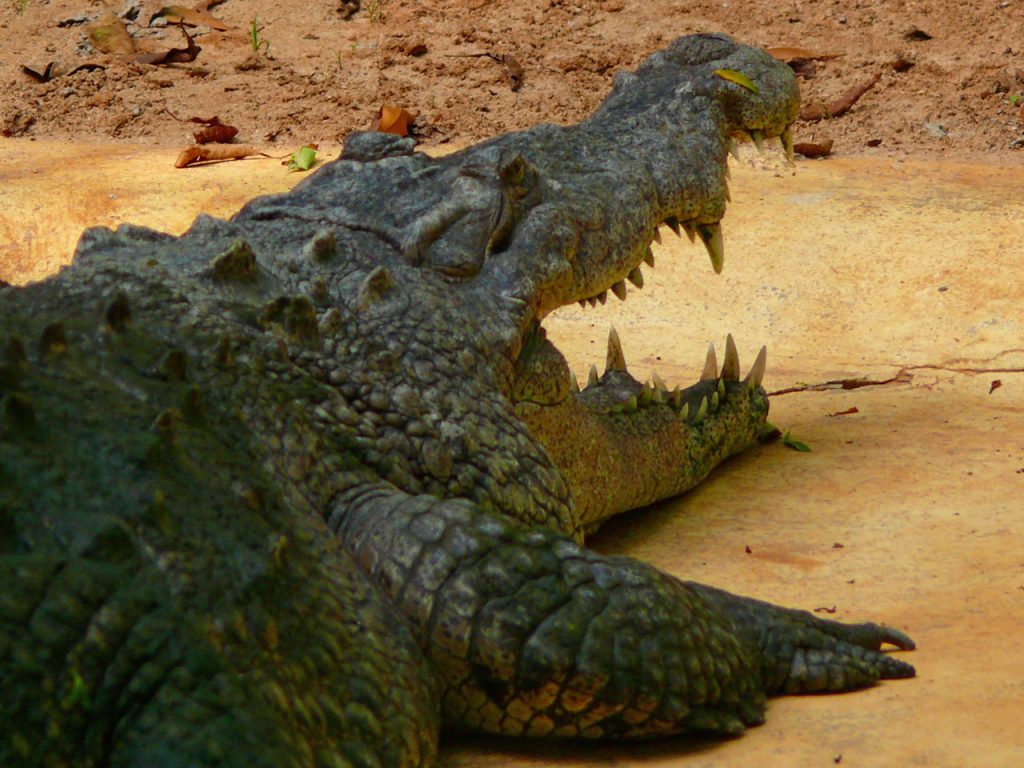
It’s important to remember that while you may be able to outrun a crocodile, they are ambush predators, relying on surprise rather than a chase. Therefore, maintaining a safe distance is crucial.
How many teeth does a shark lose in a lifetime?
Sharks possess an exceptional dental structure where they can lose up to 30,000 teeth in a lifetime.
Unlike humans, sharks have multiple rows of teeth, and when a front one breaks or falls out, a tooth from the row behind it replaces it. This means a shark always has a sharp set ready!
Are dolphins smarter than humans?
The question “Are dolphins smarter than humans?” sparks a fascinating debate. Dolphins are known for their high intelligence, advanced social behavior, problem-solving skills, and remarkable ability to learn new things. They can understand complex commands and communicate effectively. They’re quick learners, they can recognize themselves in mirrors, and use tools in their surroundings – all signs of a highly developed brain.

However, human intelligence is unique and far advanced than any other species on this planet. Humans have developed languages, cultures, technologies, and accomplished feats like landing on the moon, creating the internet, and more; tasks far beyond the reach of dolphins. Ranking intelligence is tricky because it greatly depends on how one defines it. When it comes to cognitive skills like reasoning, problem-solving, and creating complex social structures, humans are undeniably superior.
So, while dolphins are quite intelligent compared to most animals, they don’t surpass human intelligence. Both species excel in different ways due to their uniquely adapted minds and different environmental needs. It’s like comparing apples and oranges – they’re simply different.
You can read more about this here.
What does a Peacock eat?
The peacock is a majestic bird, with their multi-colored feathers and regal crest, it’s widely recognized as one of the most visually stunning creatures on the planet. But their fascinating nature doesn’t stop at their appearance; their diet is equally interesting, spanning a variety of food sources.
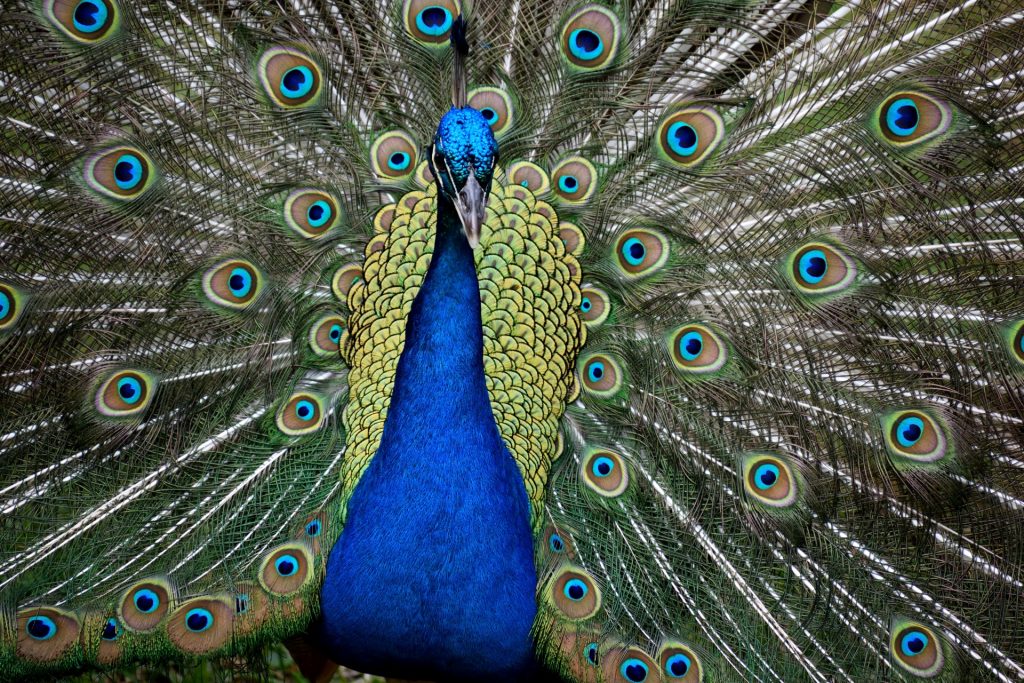
Peacocks are omnivores, similar to humans, meaning their diet includes both plant and animal sources. They are not picky eaters and their meals are pretty versatile. While you might see them noshing on fruits and vegetables, they’re also known to feast on insects, amphibians, and small reptiles.
A large portion of a peacock’s diet includes grains and seeds – nature’s literal fast food! They love to scour the ground pecking at barley, wheat, oats, and corn. They also enjoy grazing on various types of grass.
When it comes to fruits and vegetables, peacocks are quite the connoisseurs. They are particularly fond of berries, apples, figs, grapes, watermelons, pears, broccoli, beans, and peas. So remember, sharing your snack of grapes or apple wedges with a peacock is sure to win you some brownie points!
But a peacock’s diet is not all about plants. They also feed on insects and small creatures – an essential source of protein for them. You might even witness a peacock going after ants, millipedes, crickets, termites, centipedes, and even small snakes. These are some of their favorite treats!
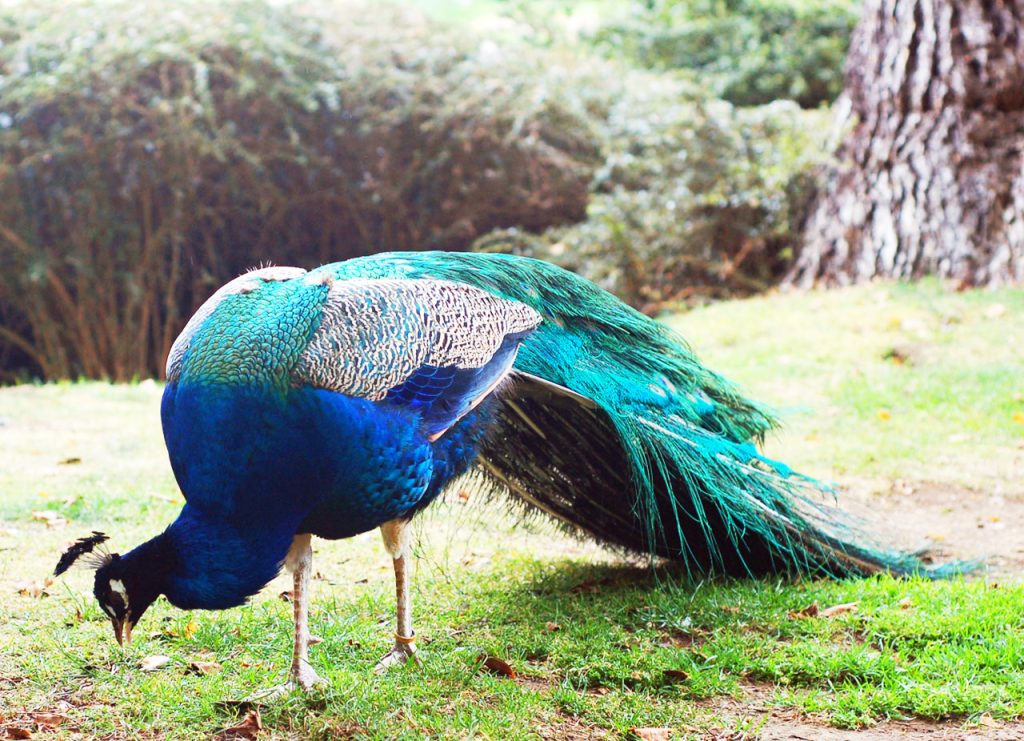
While peacocks in the wild must forage and search for their own food, those in captivity have a different scenario. Domesticated peacocks might enjoy a diet of high-protein poultry feed, grains, fresh fruits, and vegetables provided by their caretakers.
Their diverse eating habits not only give them energy but also contribute to their fabulous, shimmering colors